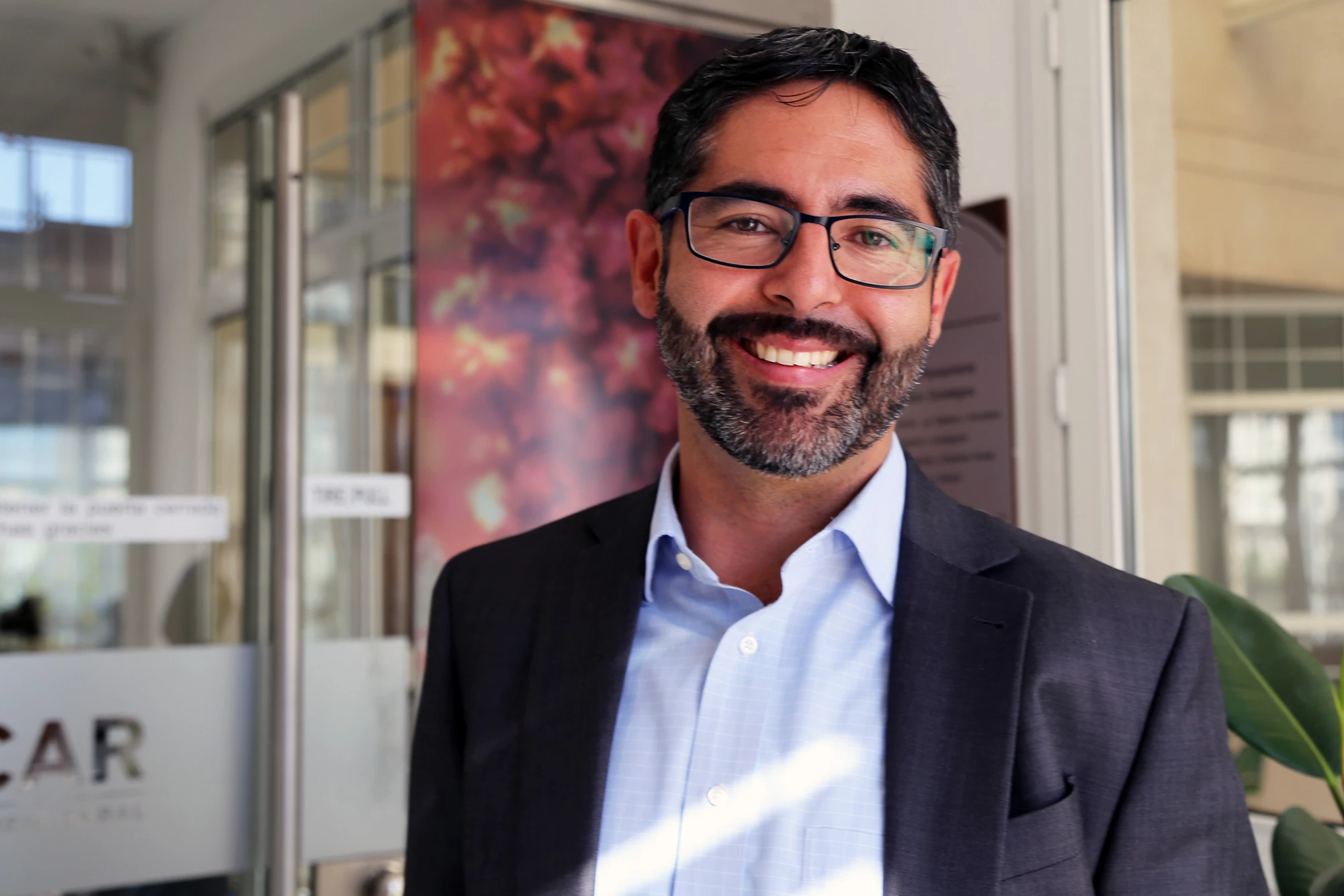
I recall a visit to a Bank-funded project in a rural Bolivian community. An enthusiastic Quechua woman was proudly telling me that she was about to undertake the 3-hour journey to Sucre with her “wawa” (baby) to get the three price quotes she needed to purchase wire for the community fences. She was participating in one of over 600 investments designed to help vulnerable rural communities in Bolivia lift themselves out of poverty, within the scope of the Community Investment in Rural Areas Project (PICAR) executed by the Ministry of Rural Development of Lands.
“You just have one wawa, right?,” I asked. She replied: “Well, this is the youngest of six children; the others will stay home. My ten-year-old daughter will look after the younger ones. Right now my husband is working in the Chapare, harvesting coca leaves. He only comes home occasionally.”
After talking with her I had mixed feelings. One the one hand, I was worried that our gender-targeted project was asking too much of her and might be harming her kids in some way. On the other hand, I realized that it was giving her a unique chance to engage in tasks historically performed by the men.
The bottom line is that our efforts to promote gender mainstreaming won’t succeed unless we immerse ourselves in the real world situations that women experience on a daily basis. To design and carry out strategies that help women exercise their rights and exit poverty, we need to understand their fears, aspirations, constraints, potentials, doubts and beliefs. We need to figure out the boundaries that each sociocultural setting imposes on women, otherwise many well-intentioned attempts to empower them will not only fail but backfire.
Why is it so vital to gain an in-depth understanding of the specific sociocultural settings of the women who participate in our development programs and projects? Here are three lessons I learned from the community-driven-development project in Bolivia.
First, to get women engaged and contributing, provide a safe space for them to operate. In line with the principle of gender equity, the project originally required th at each community appoint one woman and one man to a committee that was in charge of obtaining bids, negotiating with providers, and taking care of other administrative matters. This generated tension, as some of the husbands hampered the committee’s work by barring their wives from leaving the community in the company of “strange” men. In some cases, threats were made against female committee members. To address this issue, the project rules had to be loosened so that the women, on a case by case basis, engaged only in activities that would not expose them to harsh criticism or domestic violence.
at each community appoint one woman and one man to a committee that was in charge of obtaining bids, negotiating with providers, and taking care of other administrative matters. This generated tension, as some of the husbands hampered the committee’s work by barring their wives from leaving the community in the company of “strange” men. In some cases, threats were made against female committee members. To address this issue, the project rules had to be loosened so that the women, on a case by case basis, engaged only in activities that would not expose them to harsh criticism or domestic violence.
Second, let women manage financial matters, even if they lack experience in this area. Although one of the project’s aims is for women to actively participate in community financial management, dealing with money has historically been delegated to men. Many women started to drop out of the project, feeling overwhelmed by the morass of administrative details, such as keeping records of expenditures, writing checks (often signing multiple times until they replicate the same signature), gathering and evaluating price quotes, and so on. To reverse this, the project has intensified administrative support and training to ensure that women develop the capacity and confidence to successfully handle money matters.
And third, ease the daily burden on the women. Originally, the project pursued productive investments on the assumption that many women would be eager to start a business and generate additional earnings. However, this turned out not to be the case. Most women preferred investments that helped them either feed their children or cut down the time they spent on daily chores. For instance, building fences or buying and installing pumps saves hundreds of hours that the women would otherwise spend bringing in livestock or carrying water. Hence, projects should be flexible enough to respond to women’s real world aspirations and needs, even if the investments have no immediate impact on the household income.
All three lessons resulted from the clash between well-intentioned efforts at gender equity and the reality on the ground in several Quechua areas.
We will only be able to achieve our ambitious goal of ending extreme poverty and boosting shared prosperity by 2030, if we support and empower rural women in an effective manner. They play a key role in many crucial areas, from education to agriculture and nutrition and we must make every possible effort to tailor our gender strategies to the particular challenges that the women face in their specific sociocultural milieu. To do so, we must first put ourselves in women’s shoes.
* If you want to learn more about the Community Rural Investment Project in Bolivia, see this presentation.
Photo credit: Francisco Obreque


Join the Conversation